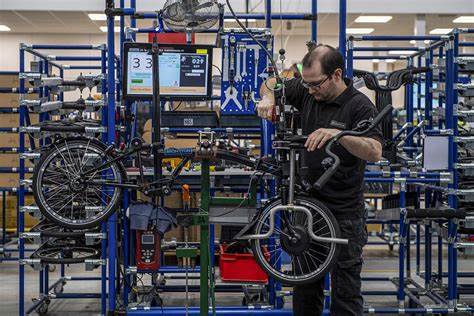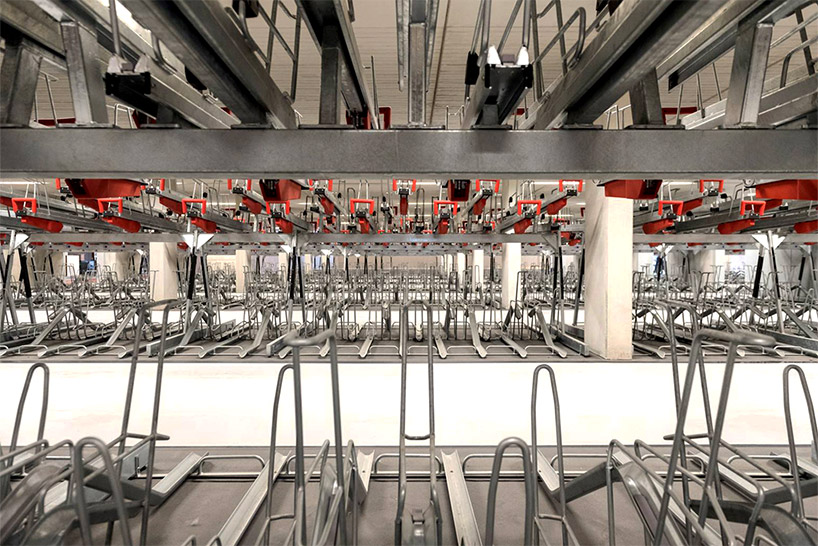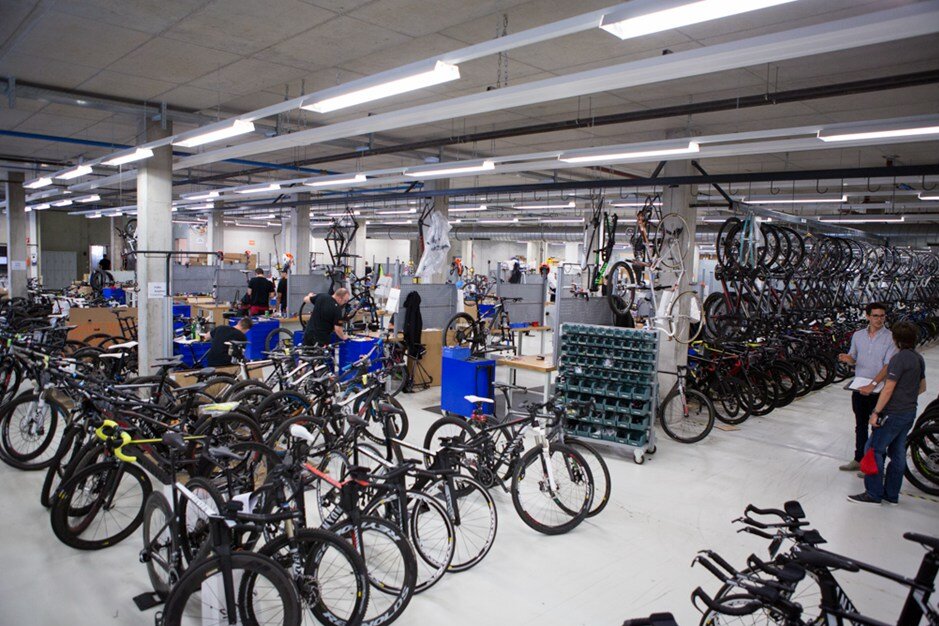With the advancement of technology, traditional bicycle manufacturing processes have gradually been combined with modern mechanical equipment, especially the application of high-precision automated equipment such as laser pipe cutting machines, laser welding machines, and pipe bending machines, which has made bicycle manufacturing not only more efficient, but also greatly improved quality control. This article will start from the production process of bicycles and combine these advanced machines and equipment to introduce the production process of bicycles in detail.
1. Design and raw material selection
The manufacturing of bicycles must first start from the design stage. In the design stage, engineers determine important parameters such as the overall structure, frame shape, and material type of the bicycle according to the needs of the target market.
In traditional processes, the production of bicycle frames mostly relies on manual welding and cold bending, while modern manufacturing processes have introduced automated equipment such as laser pipe cutting machines, laser welding machines, and pipe bending machines, which greatly improves the accuracy and production efficiency of the frame.

2. Frame manufacturing process
In the manufacturing process of the frame, the application of laser pipe cutting machines, pipe bending machines, and laser welding machines plays a vital role.
2.1 Application of laser pipe cutting machine
The main function of laser pipe cutting machine in bicycle frame manufacturing is to cut pipes. The frame of a bicycle is composed of multiple pipes of different shapes, including upper pipe, lower pipe, seat pipe, vertical pipe, etc. The cutting size and angle of each pipe need to be precisely controlled to ensure the structural strength and geometric accuracy of the final frame. Laser pipe cutting machine plays an important role in this link with its high precision and high efficiency.
Laser pipe cutting machine uses laser beam to irradiate the surface of the pipe, melts the material through heat energy and cuts it. Compared with traditional mechanical cutting, laser cutting can achieve more precise cutting, is not easy to produce burrs, and reduces the difficulty of post-processing. Moreover, laser cutting machine can directly cut various complex shapes in the design drawings according to computer programming, which greatly improves the flexibility and precision of production.
2.2 Application of pipe bending machine
Many pipes in bicycle frames need to be bent, especially handlebars, seat pipes and down pipes. The traditional manual pipe bending method is not only labor-intensive, but also has low precision and is prone to errors. The emergence of pipe bending machines has greatly improved this process.
The pipe bending machine can accurately bend the pipe according to the preset angle and radius to ensure that the curve of each pipe meets the design requirements. In the bicycle frame, the shape of the bending part is often more complicated. The automatic control system of the pipe bending machine can be programmed according to the design drawings, so that the bending angle, curvature radius and other parameters of each pipe can be accurately realized. The pipe bending machine not only improves production efficiency, but also reduces the difficulty of workers' operation and reduces manual errors.
2.3 Application of laser welding machine
After the cutting and bending of the frame pipes are completed, the next step is to weld these pipes into shape. The laser welding machine plays a very important role in this process. Traditional welding methods mostly use manual welding, which not only takes a long time, but also the quality of the welding points is difficult to guarantee. Laser welding technology can provide more accurate and stable welding quality.
The laser welding machine heats the contact point of the pipe to the melting point through a high-intensity laser beam, and then quickly cools it to form a high-strength and fine welded joint. Laser welding has the advantages of high precision, low heat impact, and small welding deformation. It is particularly suitable for bicycle frames, which have high requirements for strength and aesthetics. The use of laser welding machines not only improves production efficiency, but also makes the welding joints more solid and neat, reducing the production of defective products.

3. Surface treatment and assembly
After a series of processing such as cutting, bending, and welding, the bicycle frame enters the surface treatment and assembly stage.
3.1 Surface treatment
The surface treatment of the bicycle frame should not only consider aesthetics, but also ensure its durability and corrosion resistance. Common surface treatment methods include: spraying, electroplating, and anodizing.
3.2 Assembly
The assembly of bicycles is to combine all processed and surface-treated parts. At this stage, the automated equipment on the production line is combined with manual operation to ensure the accuracy and performance of each bicycle.
4. Quality control and testing
The quality control of bicycles is a crucial part of the entire manufacturing process. In order to ensure that each bicycle meets the standards, multiple tests and verifications will be carried out during the production process. Common test items include: dimensional accuracy inspection, welding quality inspection, and performance testing.
Through strict quality control, every bicycle can be fully tested before leaving the factory to ensure that they can withstand the test of users and provide long-term stable performance.

5. Conclusion
With the continuous advancement of science and technology, the application of high-precision automation equipment such as laser pipe cutting machines, laser welding machines, and pipe bending machines has promoted the revolution of bicycle manufacturing technology. In the future, with the further development of intelligent manufacturing technology, automated, digital and intelligent production methods will become the mainstream of the bicycle industry.

